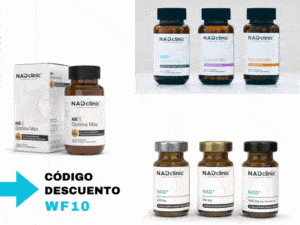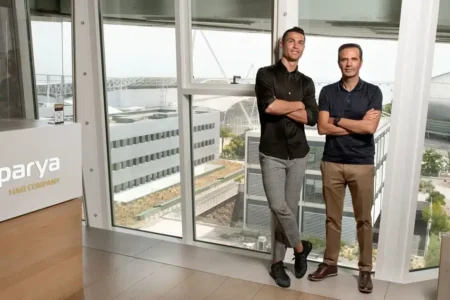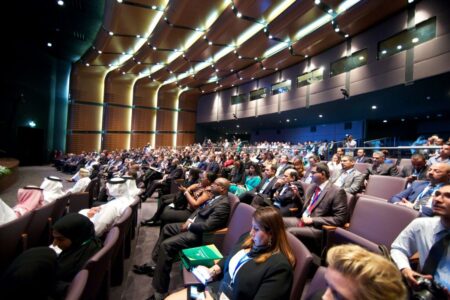At a time when the scientific world - especially from elite universities in the US and Europe - is focusing on stem cells, DNA methylation and bioactive supplements as the keys to the future of longevity, it is surprising that a technology such as REAC® (Radio Electric Asymmetric Conveyer)with more than two decades of development and clinical support, hardly occupies any space in the public debate.
The current discourse on longevity has embraced the epigenetics as a cornerstone for understanding and slowing down biological ageing. However, proposed solutions tend to be limited to invasive or partial approaches: stem cell reprogramming, experimental drugs, o aggressive supplementation of compounds with as yet uncertain efficacy and, in many cases, side effects not fully studied.
In the meantime, technologies non-invasivesafe and effective as REAC® are still the great forgotten ones in the conversation, despite having demonstrated in peer-reviewed publications such as Scientific Reports, Age, Clinical Interventions in Aging y Physiological Research- a real ability to influence cellular epigenetics without introducing external substances or genetically manipulating the cells.

The epigenetic promise that is already a clinical reality
The cellular senescencethe chronic low-grade inflammation (known as inflammaging) and the metabolic imbalance are widely recognised as the main drivers of ageing. The REAC® therapies, developed by the Rinaldi Fontani Institute in Florence, address precisely these mechanisms from an integrative perspective, correcting bioelectrical language errors in cellswhich are key to its healthy functioning.
Beyond longevity marketing, REAC® offers what many approaches do not yet achieve: reproducible clinical results, without side effectswith a technology that is simple to apply and profoundly transformative. Its specific protocols, such as ACT (Anti-inflammatory Anti-Cellulite), CO (Circulatory Optimisation) y MO (Metabolic Optimisation)directly address the imbalances that promote systemic inflammation, vascular deterioration and cellular wear and tear.
The biomodulation with REAC® has proven to be effective not only in the context of ageing, but also in the treatment of diseases neurodegenerative diseases such as Parkinson's or Alzheimer's disease, neurodevelopmental disorders such as autism, and even in complex cases of rare genetic diseases. If the technology has succeeded in reversing harmful epigenetic patterns in these conditions, how can it not be a valid - and necessary - tool in preventive medicine and longevity programmes?

An approach beyond biomolecular reduction
The reduction of ageing to isolated molecular markerssuch as telomere length or homocysteine levels, has led to an overly technical and, in many cases, fragmented view of the ageing process. Betting everything on cell replacementto costly cocktails of supplements or experimental epigenetic manipulations, without considering the electrical and functional dynamics of living tissueis to neglect a fundamental dimension of the human body: its self-regulating intelligence.
REAC® does not force cellular mechanisms from the outside. On the contrary, the re-establishes from within, modulating the natural bioelectrical activity of cells to restore their functional language and regenerative capacity. It is an approach that respects physiological processes y enhances self-regulation of the organism.
It is paradoxical that, in the age of personalised medicine, the potential of technologies such as REAC® is still being ignored. Perhaps because they do not have large marketing campaigns behind them, or because they do not generate the same economic interest as gene therapies or pharmacological patents. But we cannot seriously talk about longevity without considering therapies that are already in the pipeline. changing lives in concrete and measurable wayswithout risk or adverse effects.
The future is here (and it's not invasive)
Integrating REAC® in preventive medicine clinics, longevity centres and wellness spaces is a necessary step if we really want to build a model of active, healthy and sustainable ageing. Its ease of use, scalability and scientific evidence make it a strategic ally for professionals who are looking for effective, non-invasive and accessible solutions for their patients.
As science continues to explore the keys to longevity, REAC® is already writing a new narrativewhere cellular regeneration is not a distant promise, but a tangible, clinical and humanistic reality.
Further scientific information on REAC® technology and its clinical applications can be found on the official website of the Istituto Rinaldi Fontani: www.irf.it







